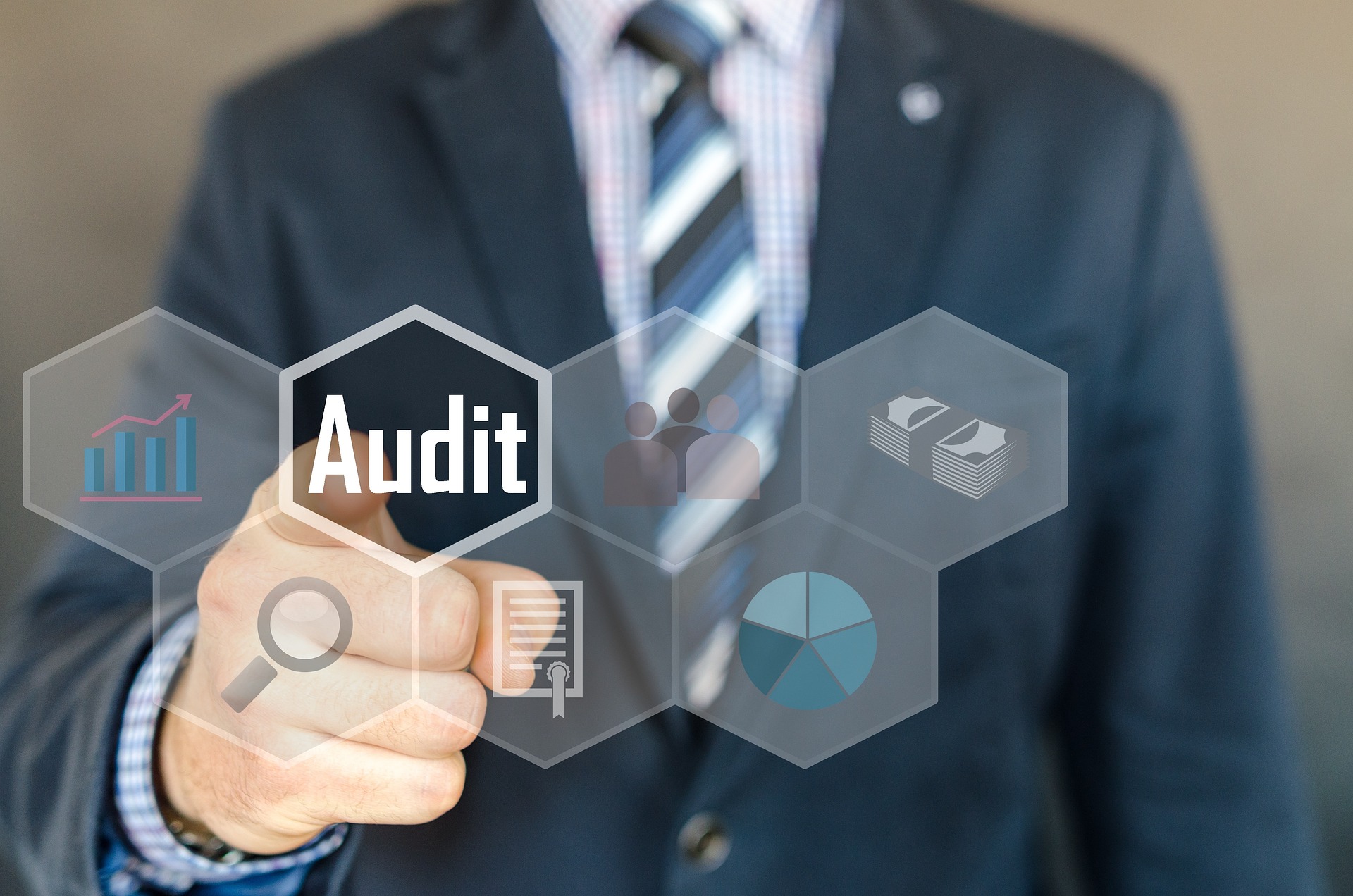Efficient Meetings

What is an efficient meeting?
An efficient meeting is a meeting that is well-organized, focused, and productive. It is a meeting that achieves its objectives in the shortest amount of time possible, without wasting time or resources. The following are some key characteristics of an efficient meeting:
1. Clear Objectives: The meeting has a clear purpose and well-defined objectives that are communicated to all participants in advance.
2. Well-Prepared Agenda: The agenda is organized and concise, with clear time frames for each item, and is shared with participants ahead of time.
3. Time Management: The meeting starts and ends on time, and all participants are mindful of time constraints, keeping discussions on topic and moving along efficiently.
4. Active Participation: All participants are encouraged to actively participate in discussions, share their ideas and insights, and work together to achieve the objectives of the meeting.
5. Clear Decisions and Action Items: At the end of the meeting, clear decisions and action items are documented and assigned to responsible individuals.
6. Minimal Distractions: The meeting environment is conducive to productivity, with minimal distractions and interruptions.
7. Technology: The use of technology, such as videoconferencing or project management tools, can help to make meetings more efficient by enabling virtual participation and reducing the need for travel.
By following these principles, organizations can ensure that their meetings are efficient and productive and that they are able to achieve their goals in the shortest amount of time possible.

How to evaluate meeting efficiency?
Auditing a meeting can help you to identify areas for improvement and make your future meetings more efficient. Here are some steps to take to audit a meeting:
1. Review the agenda: Review the meeting agenda to ensure that it is well-organized and focused, with clear objectives and time frames for each item.
2. Observe the meeting: Attend the meeting and observe how it is conducted. Take notes on the length of the meeting, the number of participants, and the level of engagement and participation.
3. Evaluate the meeting: Evaluate the meeting based on its effectiveness in achieving its objectives, the level of engagement and participation of the participants, and the efficiency of the meeting in terms of time and resources.
4. Collect feedback: Collect feedback from the participants after the meeting to identify areas for improvement and to gauge their satisfaction with the meeting.
5. Identify areas for improvement: Use the feedback and your own observations to identify specific areas for improvement, such as better time management, clearer communication of objectives, or more effective facilitation.
6. Develop an action plan: Develop an action plan to address the areas for improvement, and assign responsibility for implementing specific actions to individuals or teams.
By auditing your meetings in this way, you can identify areas for improvement and make changes to increase their efficiency and effectiveness. Over time, you can develop a culture of continuous improvement in your organization, leading to more productive and effective meetings.

How to improve meeting efficiency?
Improving meeting efficiency can help you make better use of your time and resources, and can help your organization to be more productive. Here are some tips for improving meeting efficiency:
1. Set clear objectives: Clearly define the purpose and objectives of each meeting, and communicate these to all participants in advance.
2. Prepare an agenda: Prepare a well-organized agenda for each meeting, and share it with participants ahead of time. Be mindful of time constraints and allocate appropriate time for each item on the agenda.
3. Start and end on time: Start and end each meeting on time, and be mindful of time constraints throughout the meeting.
4. Encourage active participation: Encourage all participants to actively participate in discussions, share their ideas and insights, and work together to achieve the objectives of the meeting.
5. Limit the number of participants: Limit the number of participants to those who are essential to the meeting and have a direct role in achieving its objectives.
6. Use technology: Utilize technology, such as videoconferencing or project management tools, to make meetings more efficient and reduce the need for travel.
7. Follow up on action items: At the end of each meeting, document clear decisions and action items, and assign responsibility for each action item to a specific individual. Follow up on action items after the meeting to ensure that they are being implemented as planned.


